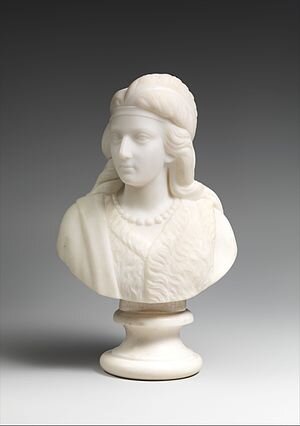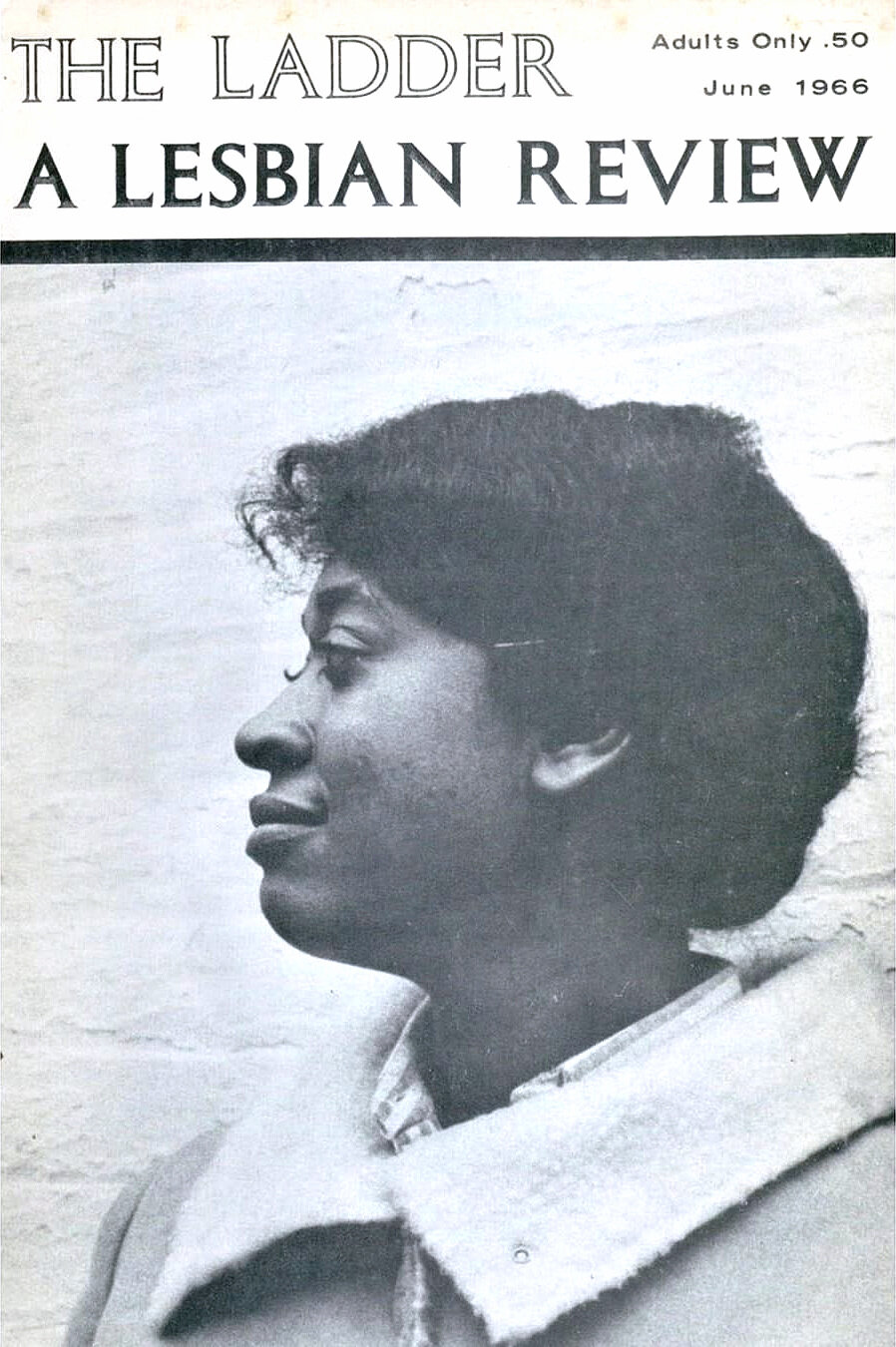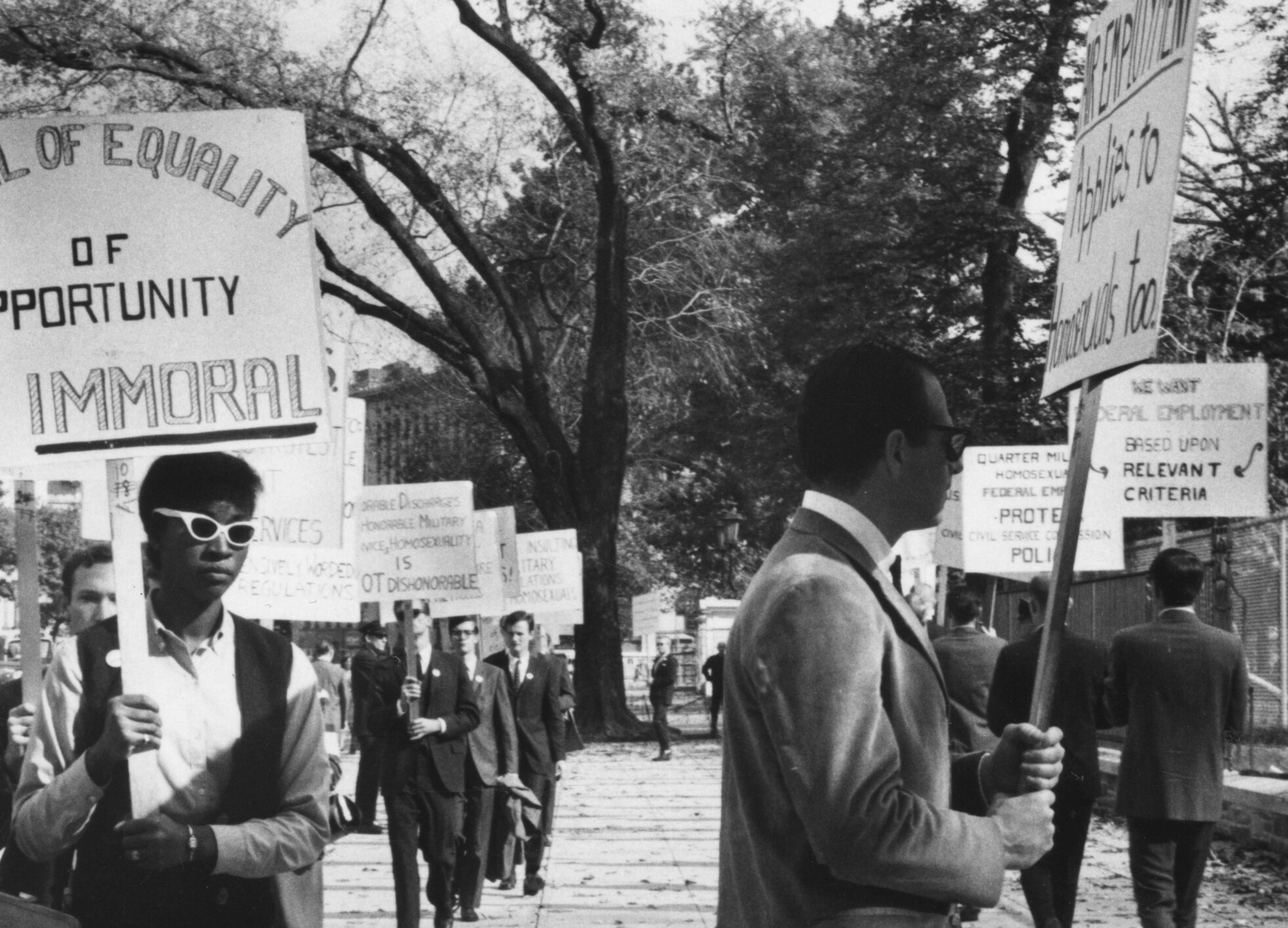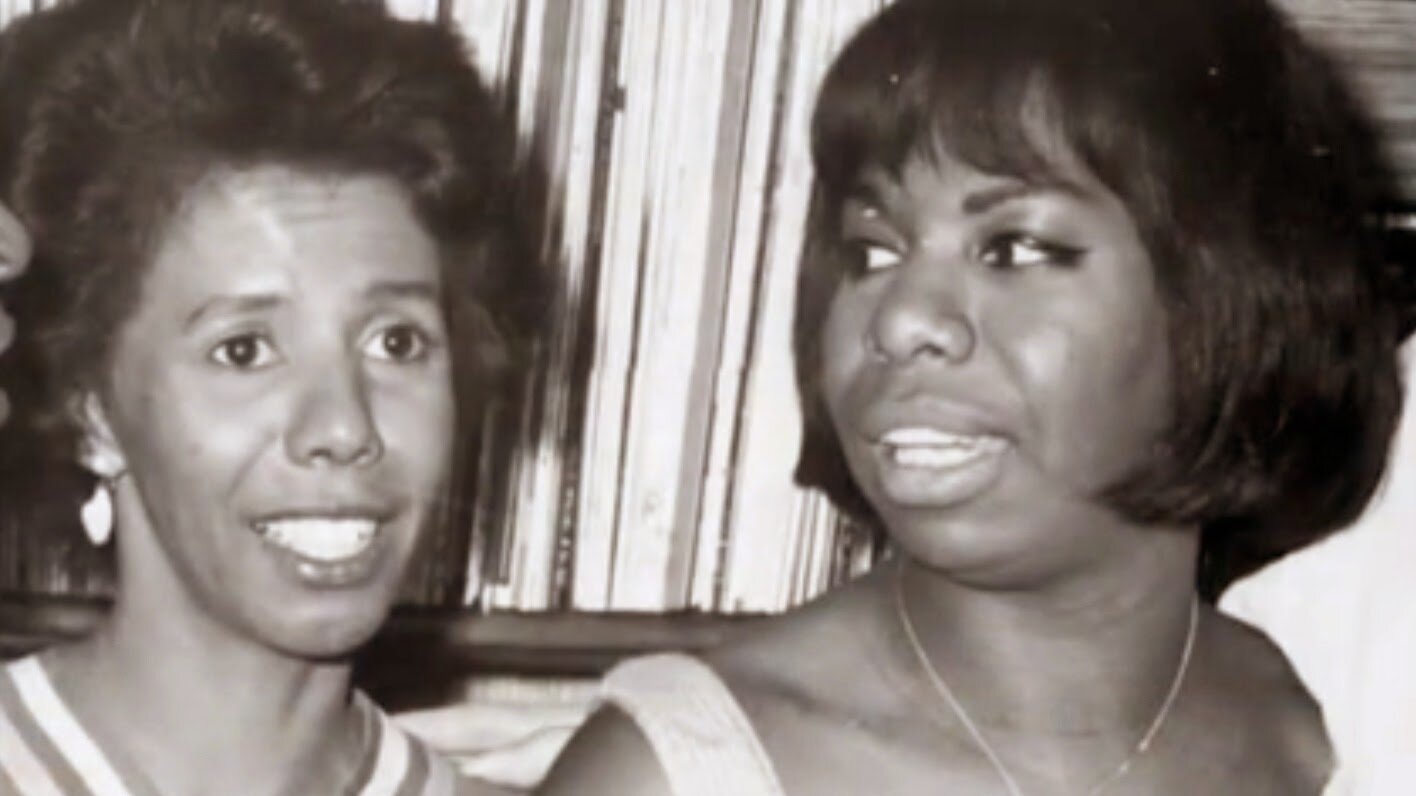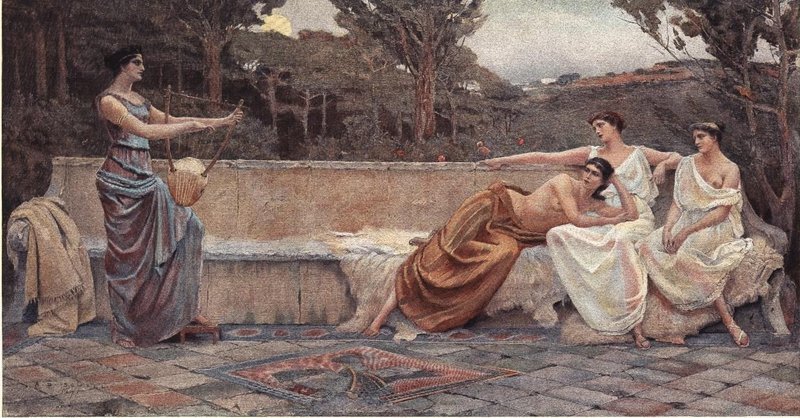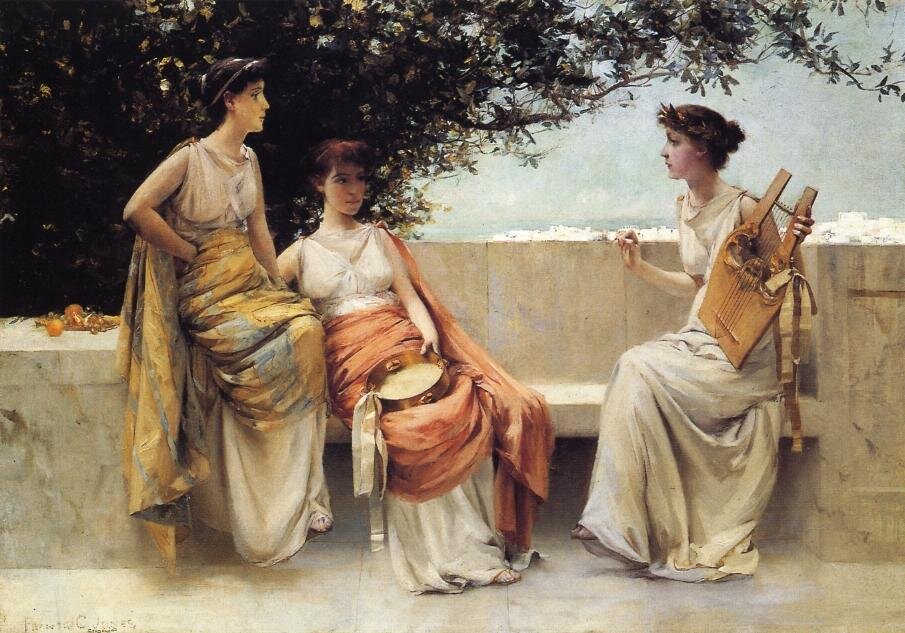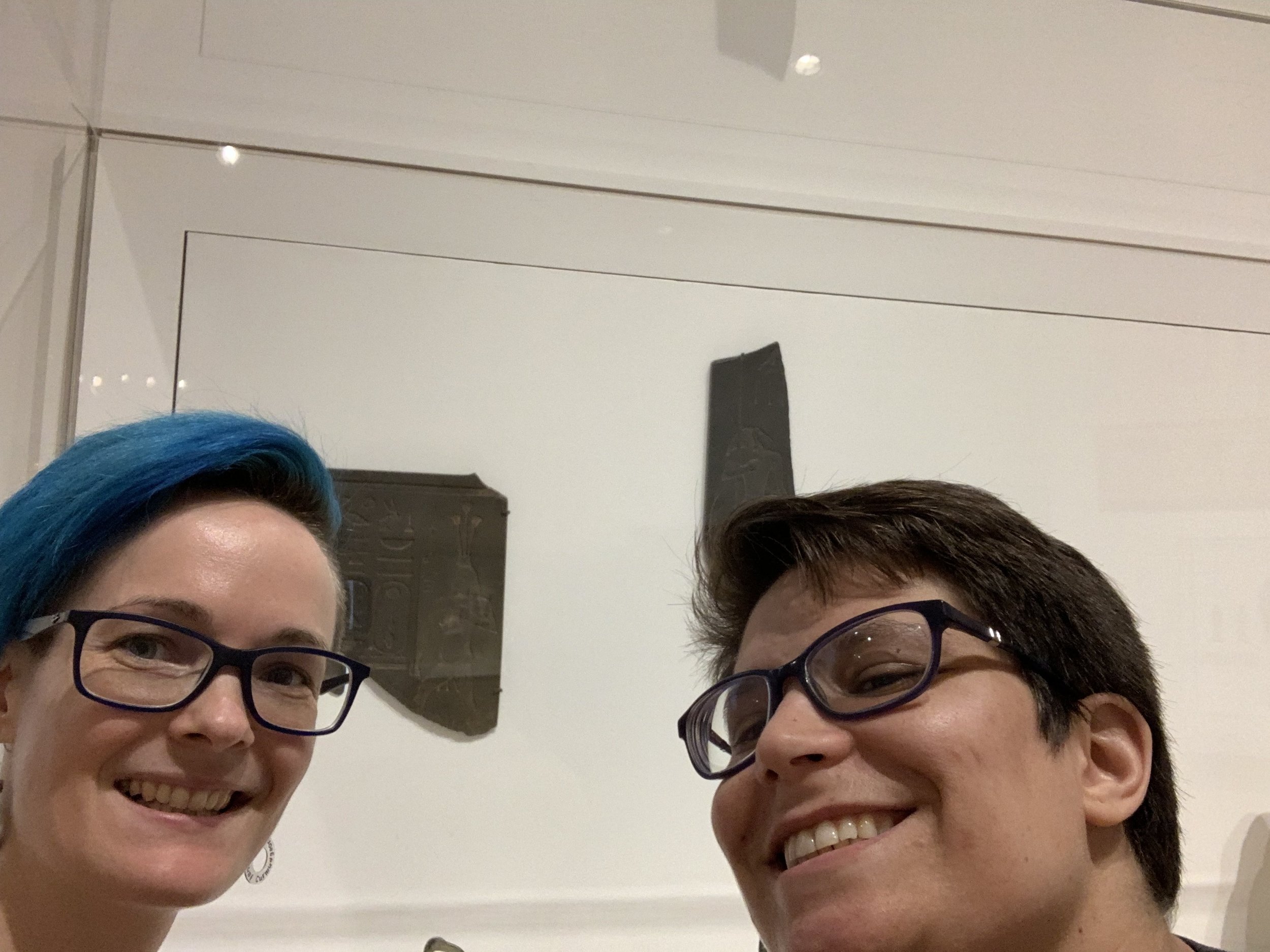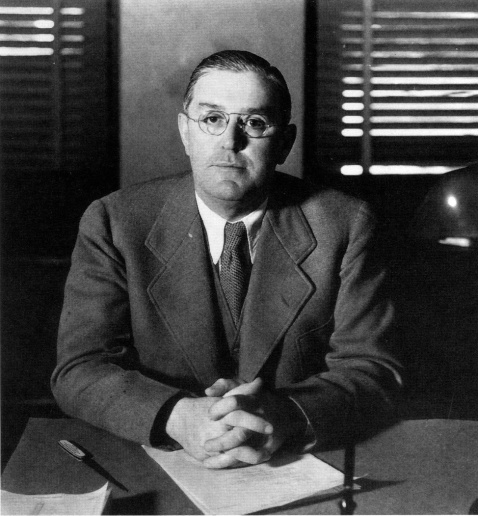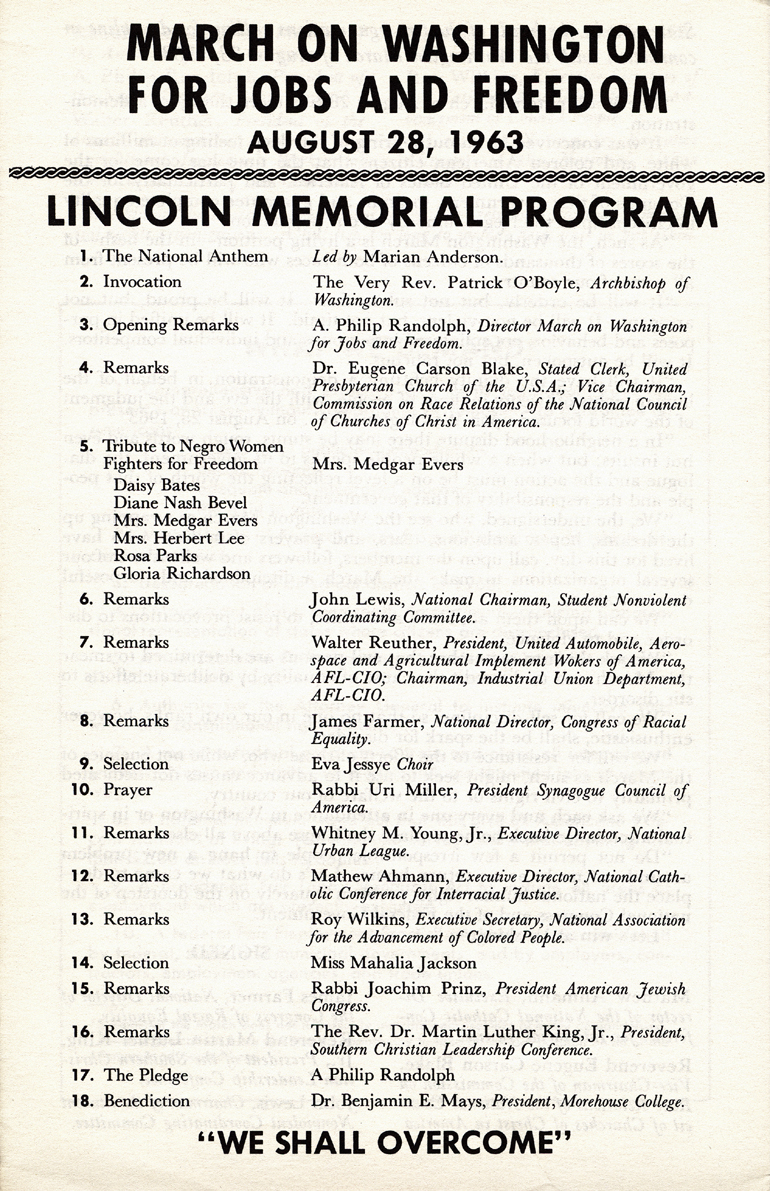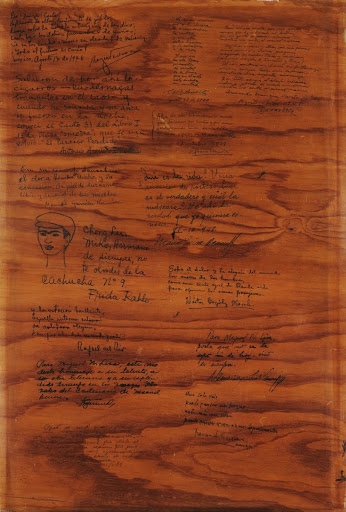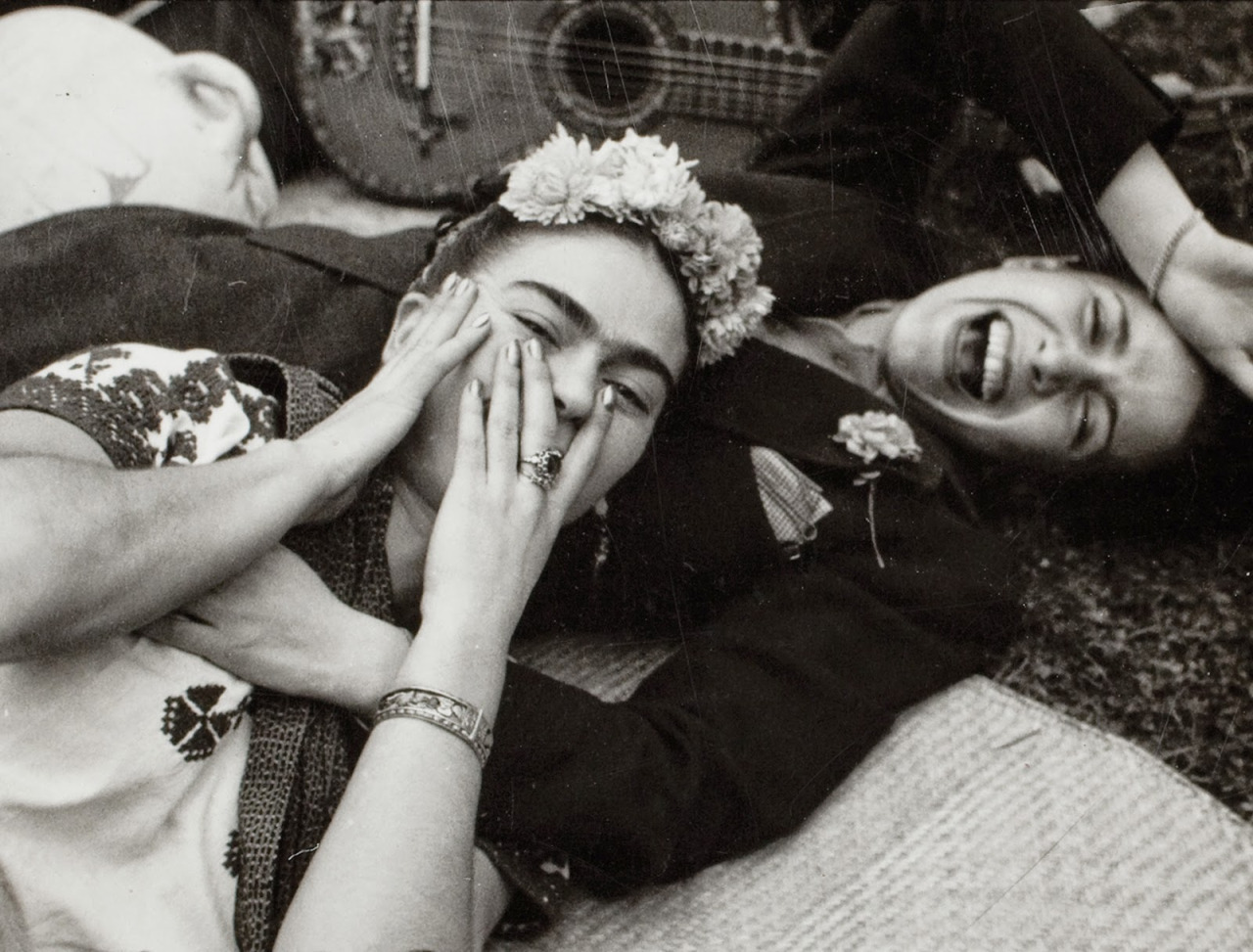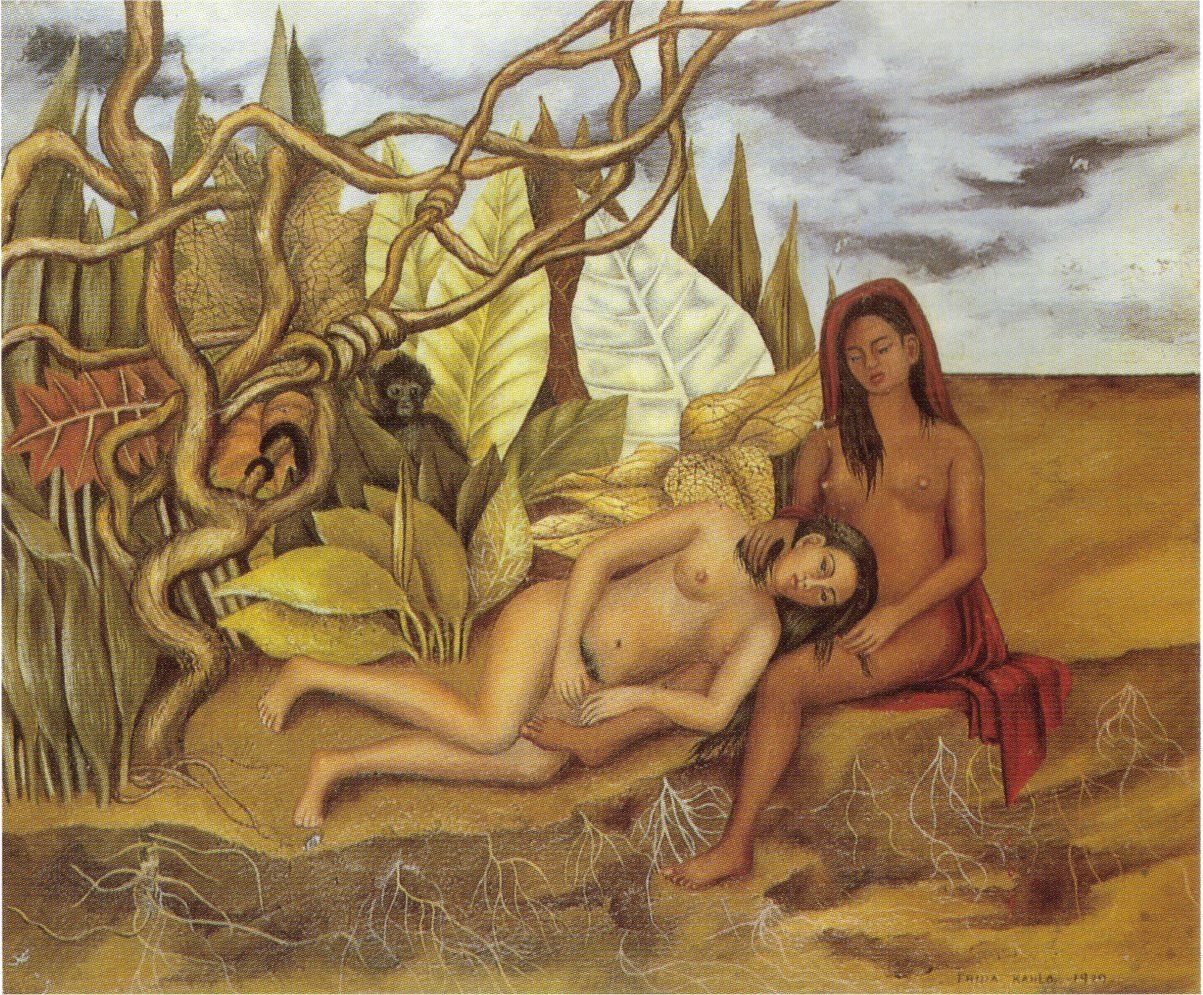35. Claim to Flame: Edmonia "Wildfire" Lewis and her Harem Scarem
/In this episode of History is Gay Leigh and guest host Amanda Helton discuss Mary Edmonia “Wildfire” Lewis, the first internationally recognized African American and indigenous artist in the United States. Join us while we ponder how exactly a literal 2-ton sculpture goes missing, discuss the merits of 1800s lesbian ndrama, and did you know that blister beetles have been used as aphrodisiacs for centuries? Yeah... neither did we….
Our wonderful returning guest host for this episode is our fantastic friend and Amanda Helton!
You can find more from Amanda on Instagram at @oryxbesia and at www.amandahelton.com!
Amanda Helton is a museum professional working in Silicon Valley, focusing on digital strategy and museum technology. She is originally from Sevier County, Tennessee (birthplace of Dolly Parton), and HAS MET HER a few times! Amanda holds a Masters Degree in Art History (with a concentration in Museum Training) from the George Washington University in Washington, DC. She is passionate about connecting the history of art and technology to the present day. Amanda is a sunscreen evangelist, friend to every dog, and co-runs a Xena re-watch group with Leigh!
You can also hear Amanda in our episode on Michelangelo!
A Closer Look at Edmonia Lewis and the White Marmorean Flock
Portraits of Edmonia
Perhaps the most well-known Edmonia portrait, by Henry Rocher, c 1870
Some of Edmonia Lewis’ most prolific works:
Edmonia Lewis, The Death of Cleopatra, carved 1876, marble, Smithsonian American Art Museum, Gift of the Historical Society of Forest Park, Illinois, 1994.17
The Death of Cleopatra detail. Notice the somewhat anguished look on the subject’s face, and the tension in the body at the moment of death depicted.
"Forever Free," Edmonia Lewis, marble, 1867. The Howard University Gallery of Art, Washington, D.C.
Bust of Col. Robert Gould Shaw, leader of the all-Black 54th Massachusetts Volunteer Infantry Regiment during the American Civil War. Edmonia sold 100 plaster copies of this bust during a Soldier’s Relief Fair in Boston, which financed her move to Italy.
In 1870, Dr. Harriot K. Hunt, Boston’s first woman physician, commissioned Edmonia to create a statue of Hygeia, the Greek goddess of health and hygiene, to be erected on her family lot in Mount Auburn Cemetery.
She carved the above sculpture for her patron, Anna Quincy Waterston, in 1866, who was one of the first patrons to help raise funds for Edmonia to sculpt in Rome. Waterston wrote a poem after Edmonia in 1864, describing her skill:
Tis fitting that a daughter of the race
Whose chains are breaking should receive a gift
So rare as genius. Neither power nor place,
Fashion or wealth, pride, custom, caste nor hue
Can arrogantly claim what God doth lift
Above these chances, and bestows on few.
Edmonia Lewis, Old Arrow Maker, modeled 1866, carved 1872, marble, Smithsonian American Art Museum, Gift of Mr. and Mrs. Norman Robbins, 1983.95.179
Henry Wadsworth Longfellow’s The Song of Hiawatha was extremely popular during this time, and so here you can see Lewis’ depiction of the two main characters, Hiawatha and Minnehaha.
Later in life, once slavery was abolished in the United States, Edmonia turned much of her sculpture to religious subjects, appealing to Roman Catholic patrons in Italy. Guess who made a horny Moses after Michelangelo’s iconic sculpture. SO. GAY.
Legacy
For many years after her death, Edmonia Lewis’ life and work sunk into relative obscurity, but in recent years, since the 1980s, she has been brought back into the limelight, due to research from some dedicated scholars such as Marilyn Richardson, who had found Lewis’ unmarked gravesite:
And below, is what the gravesite looks like now, cleaned up and bestowed with a proper plaque, thanks to a 2017 GoFundMe campaign.
In February 2017 for Black History Month, Google even included her as a Google Doodle on the first day of the month!
The White Marmorean Flock, with whom Edmonia Flew!
First up, Charlotte Cushman, aka the Natalie Clifford Barney of 1800s Rome:
Charlotte Cushman, portrait by William Page 1853
Charlotte Cushman as Romeo, one of her most popular “breeches” roles— reviewers said she was more adept at playing a man onstage than she was playing a woman in real life.
Charlotte Cushman and flame, Matilda Hays, who would go on to have an affair with Harriet Hosmer!
And here we have Charlotte with yet another flame, another sculptor of the flock, Emma Stebbins (who she uh….cheated on Matilda Hays with so…whoops).
Harriet Goodhue Hosmer, butch queen of our hearts:
Look at this dapper motherfucker! Engraving of Harriet Hosmer by Augustus Robin (1873)
This is a Look we are here for.
If you want to learn more about Edmonia Lewis and the other folks covered in this episode, check out our full list of sources and further reading below!
Online Articles & Resources:
The Unlikely Success of Edmonia Lewis, a Black Sculptor in 19th-Century America
Sculptor's Death Date Unearthed: Edmonia Lewis Died in London in 1907
Overlooked No More: Edmonia Lewis, Sculptor of Worldwide Acclaim (Published 2018)
The art of history : African American women artists engage the past
The Decades-Long Quest to Find and Honor Edmonia Lewis's Grave
Sculptor's Death Date Unearthed: Edmonia Lewis Died in London in 1907
Edmonia Lewis: A bit about her life and a bit about her drawings (or lack thereof)
Cult of True Womanhood | Ken Burns | Not For Ourselves Alone | Ken Burns
“The White Marmorean Flock”: 19th Century Lady Sculptors in Rome
Books and Print Articles:
Buick, Kirsten. Child of the Fire: Mary Edmonia Lewis and the Problem of Art History’s Black and Indian Subject
Nelson, Charmaine A. The Color of Stone: Sculpting the Black Female Subject in Nineteenth-Century America. University of Minnesota Press, 2007.
"Black Lesbian Bibliography." Off Our Backs 9, no. 6 (1979): 25.
GOLD, SUSANNA W. "THE DEATH OF CLEOPATRA /THE BIRTH OF FREEDOM: EDMONIA LEWIS AT THE NEW WORLD'S FAIR." Biography 35, no. 2 (2012): 318-41.
A History of African American Artists: From 1792 to the Present
Bost, Suzanne. "Fluidity without Postmodernism: Michelle Cliff and the "Tragic Mulatta" Tradition." African American Review 32, no. 4 (1998): 673-89.
Buick, Kirsten P. "The Ideal Works of Edmonia Lewis: Invoking and Inverting Autobiography." American Art 9, no. 2 (1995): 5-19.
Blodgett, Geoffrey. "John Mercer Langston and the Case of Edmonia Lewis: Oberlin, 1862." The Journal of Negro History 53, no. 3 (1968): 201-18. Accessed December 15, 2020.
Darcy, Cornelius P. "Edmonia Lewis Arrives in Rome." Negro History Bulletin 40, no. 2 (1977): 688-89. Accessed December 15, 2020. http://www.jstor.org/stable/44176717.
Holland, Juanita Marie. "Mary Edmonia Lewis's "Minnehaha": Gender, Race, and the "Indian Maid"." Bulletin of the Detroit Institute of Arts 69, no. 1/2 (1995): 26-35. Accessed December 15, 2020. http://www.jstor.org/stable/41504904.
"Lost and Found: The Strange Case of the Resurrection of Edmonia Lewis' "The Death of Cleopatra"." The Journal of Blacks in Higher Education, no. 13 (1996): 32-33. Accessed December 15, 2020. doi:10.2307/2963152.
Buick, Kirsten Pai. "A QUESTION OF "LIKENESS": EDMONIA LEWIS'S "THE DEATH OF CLEOPATRA"." Source: Notes in the History of Art 24, no. 4 (2005): 3-12. Accessed December 15, 2020. http://www.jstor.org/stable/23207945.
Woods, Naurice Frank. "An African Queen at the Philadelphia Centennial Exposition 1876: Edmonia Lewis's "The Death of Cleopatra"." Meridians 9, no. 1 (2009): 62-82. Accessed December 15, 2020. http://www.jstor.org/stable/40338768.
Harrison, Bonnie Claudia. "Diasporadas: Black Women and the Fine Art of Activism." Meridians 2, no. 2 (2002): 163-84. Accessed December 15, 2020. http://www.jstor.org/stable/40338514.
Tolles, Thayer. "American Women Sculptors". In Heilbrunn Timeline of Art History. New York: The Metropolitan Museum of Art, 2000–. http://www.metmuseum.org/toah/hd/scul/hd_scul.htm (August 2010)
Conner, Janis, and Joel Rosenkranz. Rediscoveries in American Sculpture: Studio Works, 1893–1939. Austin: University of Texas Press, 1989.
Hill, May Brawley. The Woman Sculptor: Malvina Hoffman and Her Contemporaries. Exhibition catalogue. New York: Berry-Hill Galleries, 1984.
Rubinstein, Charlotte Streifer. American Women Sculptors: A History of Women Working in Three Dimensions. Boston: G. K. Hall, 1990.
Tolles, Thayer, ed. American Sculpture in The Metropolitan Museum of Art. 2 vols. New York: Metropolitan Museum of Art, 1999–2001.
Thorp, Margaret Farrand. “The White, Marmorean Flock.” The New England Quarterly.
Vol. 32, No. 2 (Jun., 1959), pp. 147-169
Romare Bearden & Henderson, Harry. "A History of African-American Artists (From 1792 to the Present)", Pantheon Books (Random House), 1993. ISBN 0-394-57016-2, 704.0396 B368h 1993















